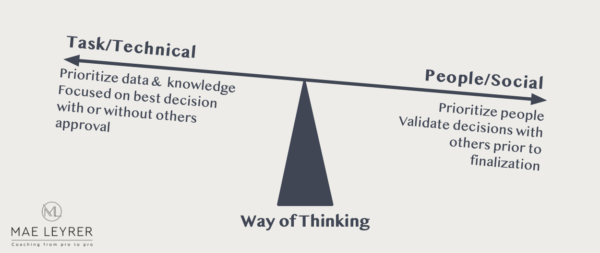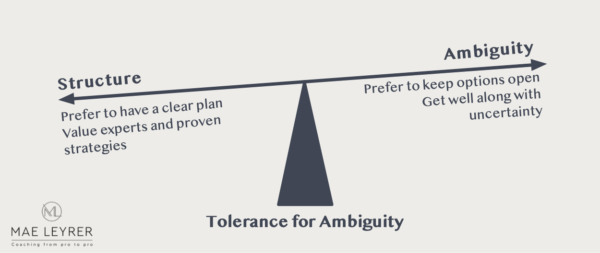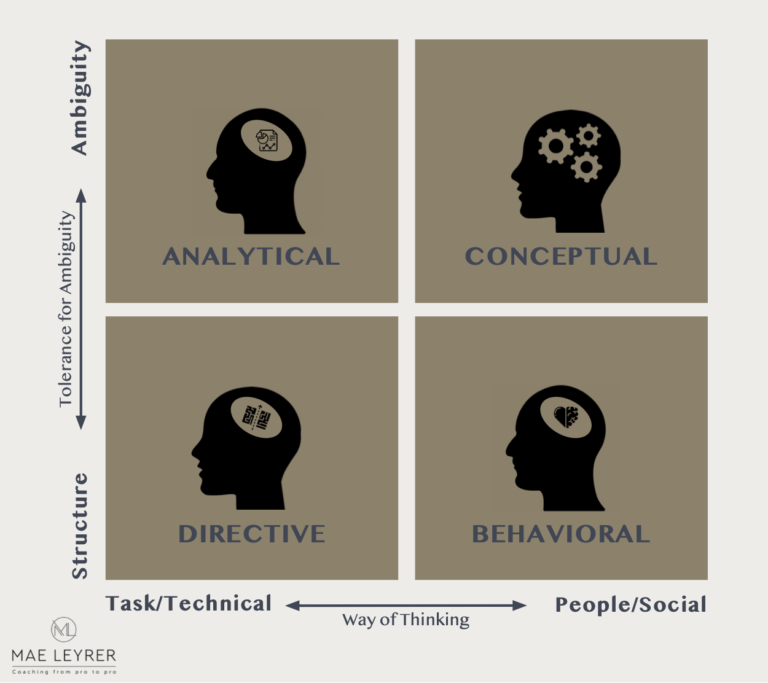As an adult, you make an average of 35,000 decisions every single day (Medium, May 2020). Many of them are executed automatically without paying much attention to them, or perhaps not even realizing that a decision was made in the first place. For instance, when to brush the teeth, with which tone of voice and to whom to say: “Good Morning”, when to use your phone, and so on. All these decisions have some impact on your daily routine, yet no far-reaching consequences to your overall wellbeing. And then there are decisions, which have a much higher effect, and which require conscious deliberation. These include, yet are not limited to, many decisions made at work as a manager or politician, as well as decisions that determine the course of your or other’s life.
To come to all these decisions, be it consciously or unconsciously, you make use of one of the four decision-making styles. Or sometimes even more than one. These four methods hinge on a way of thinking and a tolerance for ambiguity. Knowing your personal decision-making technique helps to make better decisions. It aids in acknowledging the strengths and the weaknesses that walk hand-in-hand with a particular method.
Your decision-making style is not carved in stone. You are free to shift it. There is no right or wrong method. Depending on the situation one style can be more beneficial to use than the other. Nevertheless, don’t get stuck trying to match the technique with the situation. Leave room for who you are, as not all styles will feel right for you. As long as you acknowledge the strengths and the weaknesses of your particular method(s), you have already made a leap toward better decisions.
The four styles emerge based on two key decision-making dimensions. These two are a way of thinking and tolerance for ambiguity.
Way of thinking measures the motivation from the desire to get results / to be right (task/technical) to the desire to create harmony / social impact (people/social).

Tolerance of ambiguity measures preference of structure versus ambiguity.

The four decision-making styles that emerge from these dimensions are: analytical, conceptual, directive, and behavioural. To avoid one-kilometre-long article, each one of these methods shall be dissected in more detail in the next four blog posts. They will include each method’s characteristics, strengths, weaknesses and will describe each one through real life decision-making examples giving you a chance to truly recognize yourself and your colleagues.
Check my blog in the next few days for the next posting. If you prefer to be informed when it’s up, then sign-up to the blog below (in the page footer). Please note, that if you sign up, your e-mail address is used strictly ONLY to inform you of the next blog posting. No marketing, no sales, no use of it for any other purpose. Just a simple note when a new post is up.

To be continued …